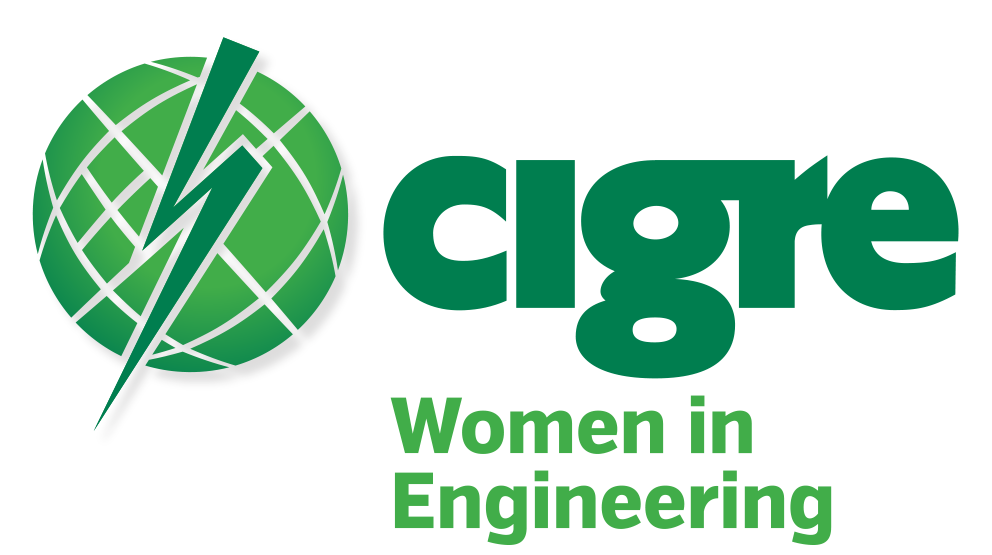Feedback on Women in Russian power sector research
Russian research on the structure of women's employment in the electric power industry and women support was completed in August 2021. It was conducted according to the historical and industrial context and global trend for increasing women’s role in all spheres. Following the results of interviews with approximtely about 200 companies (with more than 500,000 employees), the federal and regional state authorities, the study has demonstrated that women’s share in the field stands at 36% and women share in management stands at 21%.

By Natalia Ozhegina, Elizaveta Nikolova, Andrey Logatkin, Olga Sudarikova & Olga Frolova
The Russian research on the structure of women employment and its support in the electric power industry was completed in August 2021. It was conducted by CIGRE Russia with the support of the Ministry of energy of the Russian Federation and the ROSSETI Group of Companies and was presented by the Deputy Minister Anastasia Bondarenko within the CIGRE Women in Energy Forum during the Centennial Session on the 23rd of August, 2021.
Historic background
“Women theme” as a State priority goes far back to the past. The first women's polytechnic courses were opened in St. Petersburg in 1906 with further transformation into the Polytechnic University in 1916 [1].
The USSR educational policy [2] made it possible to multiply the number of STEM female students (from 28% in 1927/28 up to 53% in 1950/51) and achieve unbelievable economic growth (average 14% of GDP growth in 1925-1940, 1945-1955). Such increases are largely linked to the socio-economic and industrial development of the USSR with implementation of the State Plan of Electrification between the two World Wars and after.
About the research
Almost 200 companies of all sizes (accounting for more than half a million employees) took part in the study. It’s about 54% of total number of companies involved in the Russian wholesale electricity and capacity market, as well as the legislative and executive branches of the government at the federal and regional levels.
The research includes the data on:
- total number of employees;
- share of women in total number of employees;
- share of women in engineering/finance and economy/ business administration support /management/ top management;
- supportive measures for women at work and maternity.
Results
The analyzed data illustrate the average share of women in the Russian electric power sector - 36%, in engineering department - 24%, in finance and economy department – 59%, and in business administration support – 42%, women share of top managers – 21%.
The following dependencies are identified:
- The proportion of women in business administration support and finance-economy departments in large companies (over 250 employees) is increasing.
- Regardless the size of the company, women’s share in workforce and women’s share in the engineering are approximately equally represented (from 30% to 47%)
World data
Different reports provide various women share data, in general, and in the energy sector, in particular.
Starting from 6% of technical staff, 4% of decision-makers, and just 1% of top management in the fossil fuel-based sector (UN Women, 2012) reaching 22% of women employed in the energy sector in EU and 32% of women in the renewable energy (in IRENA report).
Using publicly disclosed information, the Clean Energy, Education, and Empowerment (C3E) initiative has compiled gender-disaggregated data on employment for 135 companies. Within those, women made up an average of 23% of total employees.
Women support
The conducted research shows that Russia is not only one of the leaders on women share in workforce (36% in Russia vs 22% worldwide), but also is at the forefront of best practices in the field of women support policies.
Women labor and motherhood support measures are listed below.
GOVERNMENTAL (federal and regional level) | Financial support Maternity capital (federal + regional) One-time allowance at the birth of a child + monthly payments to large families Monthly allowance for child care up to 7 years (depending on income) | Health and life balance support Free health care & education Free regional educational programs/ courses Reduced working week with wage keeping (for women working in the Far North and in rural areas) Keeping of a mother’s/father’s workplace on parental leave up to 3 years after birth | Housing support Compensating up to 35% of real estate cost for young families (up to 35 years old with/without children) Soft mortgage loans for young families (up to 35 years) |
|---|---|---|---|
CORPORATE | Financial support Financial assistance for the birth (adoption) of a child, marriage Additional compensation payments to women who are on parental leave | Health and life balance support Free health care programs for employees & children Additional medical insurance of employees and their families Compensation of expenses of employees ' children pre-school education and social activities Grants for employees’ children with good results in sports & art Additional professional education and professional training of employees | Housing support Preferential mortgage lending, Partial compensation of the cost of paying the first installment on a mortgage / of mortgage loans costs |
Conclusion
It is important to track gender-disaggregated data. The research will be carried out on systematic base.
The women support best practices exchange will help to build more effective family assistance and the disclosure of woman's professional potential.
The continuous educational growth and professional development of women, on the one hand, and scientific and technological progress, on the other, create wide opportunities for further expansion of the use of women's labor in highly qualified jobs.
It is important to inspire girls and young women to build careers in the energy field, to support professional dynasties in the industry. It is possible to ensure it with more active work by the state and business.
Women around the world have proven to be a strong driving force in the transition to sustainable solutions in the energy sector and should act by uniting with communities in order to reach substantial results.
It’s possible to break “glass ceilings” also via global networking and it is possible to cite CIGRE WIE as a perfect example.
Sources
- http://cigre.ru/wie/about/news/?ELEMENT_ID=12628
- http://www.en.np-sr.ru/en/srnen/index.htm
- https://www.unwomen.org/en
- Renewable energy: A gender perspective by IRENA: https://www.irena.org/-/media/Files/IRENA/Agency/Publication/2019/Jan/IRENA_Gender_perspective_2019.pdf
- EqualBy30, the Clean Energy, Education and Empowerment Initiative (C3E) Balance Means Business https://www.cleanenergyministerial.org/sites/default/files/2019-06/Status%20Report%20on%20Gender%20Equality%20in%20the%20Energy%20Sector_0.pdf
- Russian Federal budget, Ministry of finance of the Russian Federation
- Empowering Women in Africa through Access to Sustainable Energy. African Development Bank Group
- Deutscher Sonderweg Frauenanteil in DAX-Vorständen sinkt in der Krise./ September 2020
- Boston Consulting Group «Women in Energy. Gender Diversity in the CEE-SEE Energy Sector»
- The Gender Global Entrepreneur and Development Index (GEDI) by Global Entrepreneurship and Development Institute and The DELL Women’s Entrepreneur Network, 2014
- Status Report on Gender Equality in the Energy Sector by IEA, Energy Technology Network and The Clean Energy, Education, and Empowerment (C3E) International
- Women in sustainable energy, climate change, and environmental protection – LEADERSHIP FOR CHANGE by WISE SEE (Women in Sustainable Energy South-East Europe)
- McKinsey&Company. Delivering through diversity. January 18, 2018. Women in the Workplace 2020 September 30, 2020
- IEA. Women in senior management roles at energy firms remains stubbornly low, but efforts to improve gender diversity are moving apace. Graham, 20th of May 2021 - https://www.iea.org/commentaries/women-in-senior-management-roles-at-energy-firms-remains-stubbornly-low-but-efforts-to-improve-gender-diversity-are-moving-apace
- [1] The First Women's polytechnic courses were opened in St. Petersburg in 1906. The successful graduation of those young women, the replacement of male engineers by female engineers who went to the First World War led to transforming courses into the Petrograd Women's Polytechnic Institute in 1916.
- [2] The USSR educational policy included: - universal free compulsory education for children of both genders, - benefits provision to workers and their daughters when entering universities and technical schools, - wide promotion of education among women by, for instance, implementing of a 25% quota for girls admission to higher technical educational institutions, - involvement of the wives to get the same professional training as their husbands and the formation of professional dynasties. The mentioned above conditions are allowed to increase significantly the number of women among students of technical universities for several five-year plans of the country in the middle of XX century.



